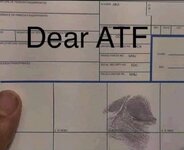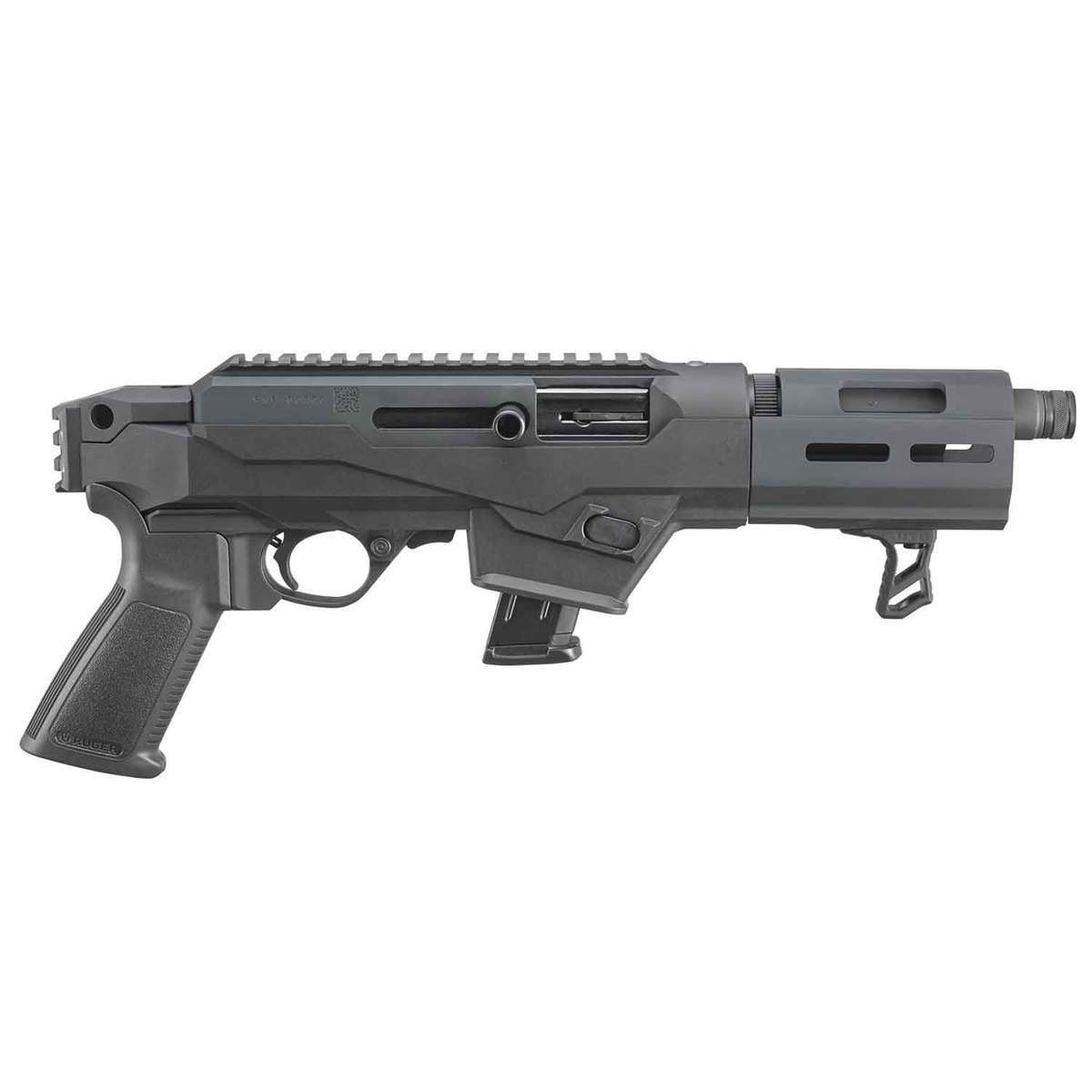Bronze Supporter
- Messages
- 16,589
- Reactions
- 35,454
Ha ha ha ha...Pulled this out of their tome. Of interest to the constitutional types.
Department Response The Department disagrees with commenters that this regulation violates the Second Amendment. Heller and subsequent judicial decisions support the Department's view that weapons regulated by the NFA, such as short-barreled rifles, fall outside the scope of the Second Amendment. The Supreme Court in Heller, 554 U.S. at 570, held the Second Amendment protects an individual right to bear arms for traditional, lawful purposes such as self-defense. At the same time, the Court recognized that the rights established under the Second Amendment are not absolute or unlimited. Id. at 595. Heller specifically recognized an "important limitation on the right to keep and carry arms," i.e., that the right is limited to "the sorts of weapons . . . 'in common use at the time.'" Id. at 627. The Court stated that this limitation is supported by "the historical tradition of prohibiting the carrying of 'dangerous and unusual weapons.'" Id. The Court rejected the "startling" position that "the National Firearms Act's restrictions on machineguns . . . might be unconstitutional, machineguns being useful in warfare in 1939." Id. at 624. Heller thus made clear that machineguns and short-barreled shotguns are "weapons not typically possessed by law-abiding citizens for lawful purposes," and thus fall outside the scope of the Second Amendment as historically understood. Id. at 625; see also id. at 627 (accepting that M-16 rifles are dangerous and unusual weapons that may be banned). Indeed, after Heller, lower courts similarly held that short-barreled shotguns and short-barreled rifles are dangerous and unusual weapons that fall outside the scope of the Second Amendment because of the danger presented. United States v. Cox, 906 F.3d 1170, 1186 (10th Cir. 2018) ("we take our cue from Heller and conclude that the 185 possession of short-barreled rifles falls outside the Second Amendment's guarantee"); United States v. Gilbert, 286 Fed. App'x 383, 386 (9th Cir. 2008) (approving jury instructions that an individual does not have a Second Amendment right to possess a short-barreled rifle, and observing that, "nder Heller, individuals still do not have the right to possess machineguns or short-barreled rifles"); Marzzarella, 614 F.3d at 90–95 (explaining that a long gun with a shortened barrel is both dangerous and unusual, because "its concealability fosters its use in illicit activity," and "because of its heightened capability to cause damage" and that the Second Amendment does not provide protection for all types of weapons); Gonzalez, 2011 WL 5288727, at *5 ("Congress specifically found that 'short-barreled rifles are primarily weapons of war and have no appropriate sporting use or use for personal protection.'" (quoting S. Rep. No. 90-1501, at 28)). Thus, Heller and subsequent judicial decisions support the Department's view that the weapons regulated by the NFA, such as short-barreled rifles, were not historically protected by the Second Amendment and thus fall outside the scope of the Second Amendment. Nothing in the Supreme Court's recent decision in New York State Rifle & Pistol bubblegum'n v. Bruen, 142 S. Ct. 2111 (2022), changes this analysis. 145 See 145 The Supreme Court's decision in Bruen abrogated several circuit court decisions applying a "'two-step' framework for analyzing Second Amendment challenges." Id. at 2125. At the first step, courts asked whether the "challenged law regulates activity falling outside the scope of the [Second Amendment] right as originally understood." Id. at 2126 (quotation marks omitted). If so, then the law did not violate the Second Amendment. But if the law did regulate activity within the amendment's scope, then courts applied a means-end test similar to the strict or intermediate scrutiny used to evaluate laws burdening First Amendment rights. Id. at 2126–27. The Court in Bruen largely approved of the first step, which "is broadly consistent with Heller," id. at 2127, but specifically disapproved of the second step, see id. Thus, although Bruen abrogates previous decisions applying the means-end test, the Department does not believe the case casts doubt on courts' prior conclusions that, based on historical tradition, the Second Amendment does not extend to dangerous and unusual weapons. See, e.g.,Marzzarella, 614 F.3d at 94 ("the Supreme Court has made clear the Second Amendment does not protect . . . types of weapons" such as "machine guns or short-barreled shotguns—or any other dangerous and unusual weapon"). 186 id at 2162 (Kavanaugh, J. concurring) (reiterating Heller's finding that "dangerous and unusual weapons" are outside of the Second Amendment's protections). Further, the Department also notes that neither the rule nor the NFA bans the possession of the relevant firearms. In regulating short-barreled rifles, Congress only requires the registration of the firearms in the NFRTR and the payment of a making or transfer tax, neither of which prohibits a person's ability to possess these weapons. This rule does no more than clarify the Department's understanding of the best meaning of the relevant statutory provisions.
Common use;
M4s (SBRs) is standard issue to US Army infantry.
Machine guns are also standard issue (see M4s and M16s)
Millions of braced AR pistols (now considered "unregistered SBRs") in the hands of US citizens, how are these "not common use"?















